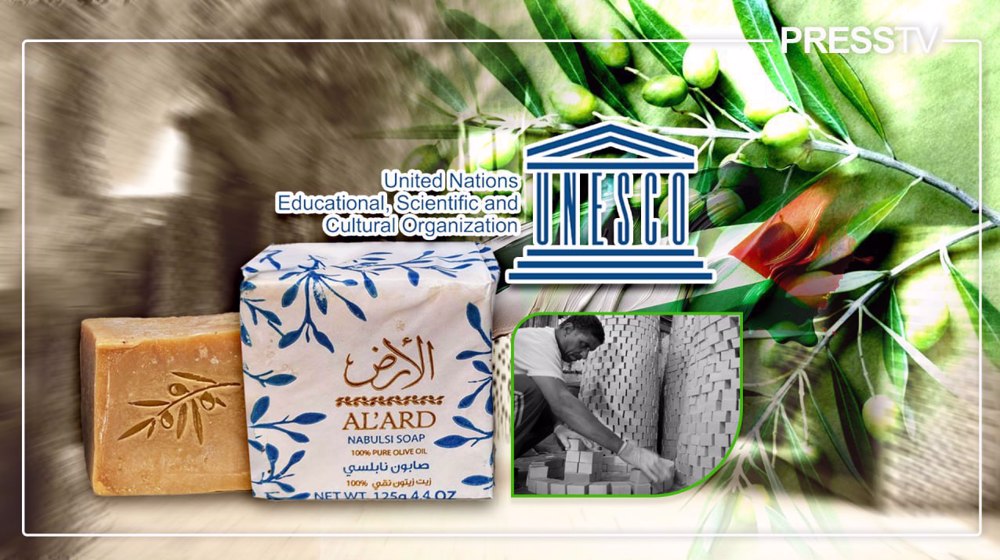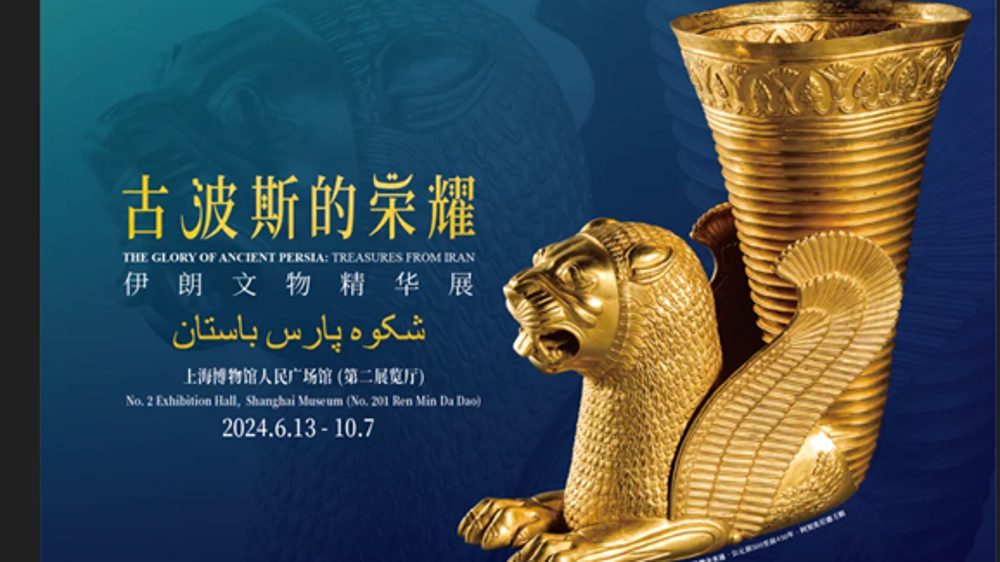Persian carpet artistic narrative of Iranian history, culture
By Arghavan Shamsara
Persian carpet has been considered as a sublime embodiment of timeless beauty and elegance over thousands of years in human history and it has constantly evolved into a more elegant artistic creation throughout its existence.
The artistic creation reached its zenith during the rule of Safavid Dynasty (1501–1736) when royal court manufactories in the central city of Esfahan created countless masterpieces in terms of their elaborate colors and designs, most of which are currently treasured in museums and private collections all over the world.
The world’s oldest hand-woven carpet, the Pazyryk rug, which dates back to 2,500 years ago, includes Iranian and Achaemenid motifs. The carpet is currently kept at the Hermitage Museum in St. Petersburg.

The value of the Persian carpet is determined by various factors, including the beauty, intricacy and authenticity of designs, durability of colors, the quality of materials and the knots as well as the years of labor spent for producing each carpet.
Wool is the main material of the Persian rug and it is used due to its luminescent texture which reflects the colors more accurately. Silk is also used in more decorative carpets which are normally framed or hanged from walls.
In the Persian weaving technique, the knots are tied to the base string in such a way that it makes the texture of the carpet more resistant and durable compared with other types of rugs woven in the other parts of the world.
Designs and symbols
Every city and province of Iran has its own unique style of rug which represents the heritage and culture of that city.
There are mainly 19 types of designs in both nomadic and classic Persian rugs, with ancient motifs passed down from one generation to another.
While classic Persian rugs are generally woven through pre-planned sophisticated refined repertory, rural and nomadic rugs are based on improvised rustic simple designs generated by the imagination of the weaver.
The classic city rugs are characterized by recognizable floral rug forms articulated with undulating curves or rhythms. Nomad and village rugs, however, tend to depict more abstract forms using bold, more rectilinear graphic effects and repetitions.

Almost all Persian carpets have a number of elements in common, including the field, a border or multiple borders and some form of medallion or pattern.
Every carpet design narrates a unique story, inspired by the daily lives of the people, natural surroundings as well as the epics of Iranian culture, religion and mythology.
Some of the key motifs in Persian rug include the tree of life which symbolizes the path from earth to heaven, lily for spirituality, cypress for serenity, Botteh (a teardrop-shaped motif) for universe, diamond for women and Mehrab (altar) for the gateway to paradise.
Colors
Persian rugs normally use natural dyes made from vegetables and plants to produce the most durable, luminous and warm shades.
Nomadic colors mainly blend a harmonious composition of bold and daring colors to reflect the courageous spirit of the people.
Contrary to chemical colors, organic dye is significantly durable and does not fade after washing or due to the elements.
In Iran, rose is used for red color, pistachio for green, indigo for blue, carbonates for black and saffron for 39 different colors.
The number of colors in a Persian carpet ranges from 15 to 25 and each color signifies a special meaning.
Green stands for hope and life; red for wealth, beauty and courage; blue for heavens and solitude; yellow for the sun and joy of life; white for purity; gold for wealth and brown for fertility.
Key source of revenue
Hand-woven carpet is one of Iran’s key non-oil exports and the country makes three quarters of the world’s hand-woven carpets.
Iran currently produces five million square meters of hand-woven carpet each year, of which 3.5 million square meters are exported to foreign markets.
There are currently nearly 1.2 million carpet weavers in Iran, whose family-business handicrafts are both sold in the domestic market and exported to international customers, with the UAE, Germany, Japan, Lebanon and Qatar being the major destinations.

However, the authentic Persian carpet has lost a part of its share in the international market as replicas with lower price and quality from China, Afghanistan, Turkey and Pakistan have flooded the market.
Regardless of other countries’ efforts to copy the Persian rug, connoisseurs believe that the Iranian handicraft still maintains its status in the world because the authentic spirit of the artistic creation cannot be copied.
Moreover, the unique features of the Persian nomadic rug have made it impossible for other producers to copy the handicraft.
Houthi: Yemen’s hypersonic missiles have surprised enemy
Israel makes deepened incursion into Lebanon despite truce
IRGC intelligence forces capture agent linked to foreign espionage service
VIDEO | Palestinians in Yarmouk Camp cling to hope and determination
Israel preparing to stay in southern Lebanon after ceasefire: Report
Israeli pressure on Hamas ‘hardly helped’; swap deal necessary: Ex-Mossad chief
Far-right Israeli minister Ben-Gvir again storms al-Aqsa Mosque
Iran: Israel’s attack on journalists’ vehicle in Gaza amounts to ‘war crime’












 This makes it easy to access the Press TV website
This makes it easy to access the Press TV website